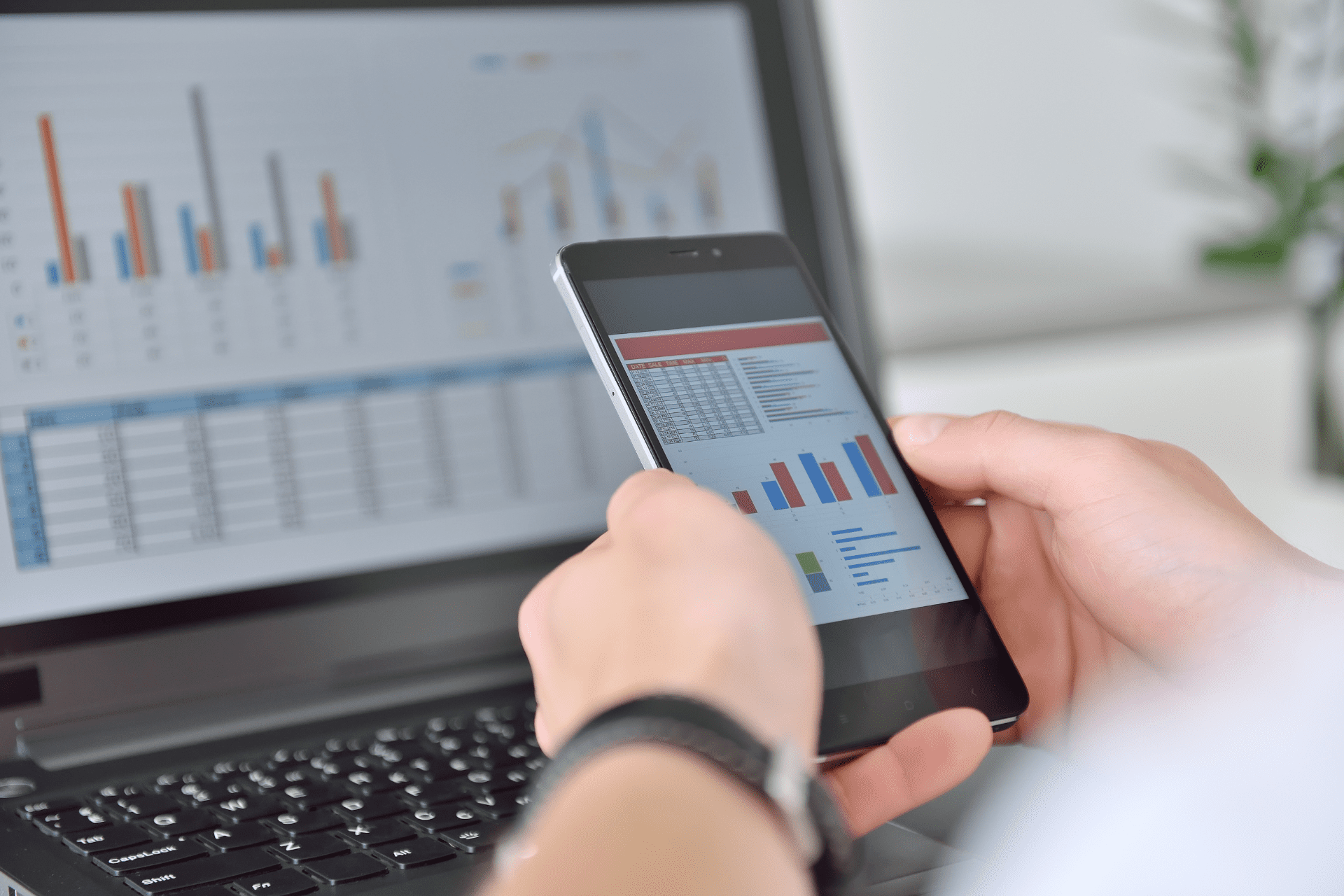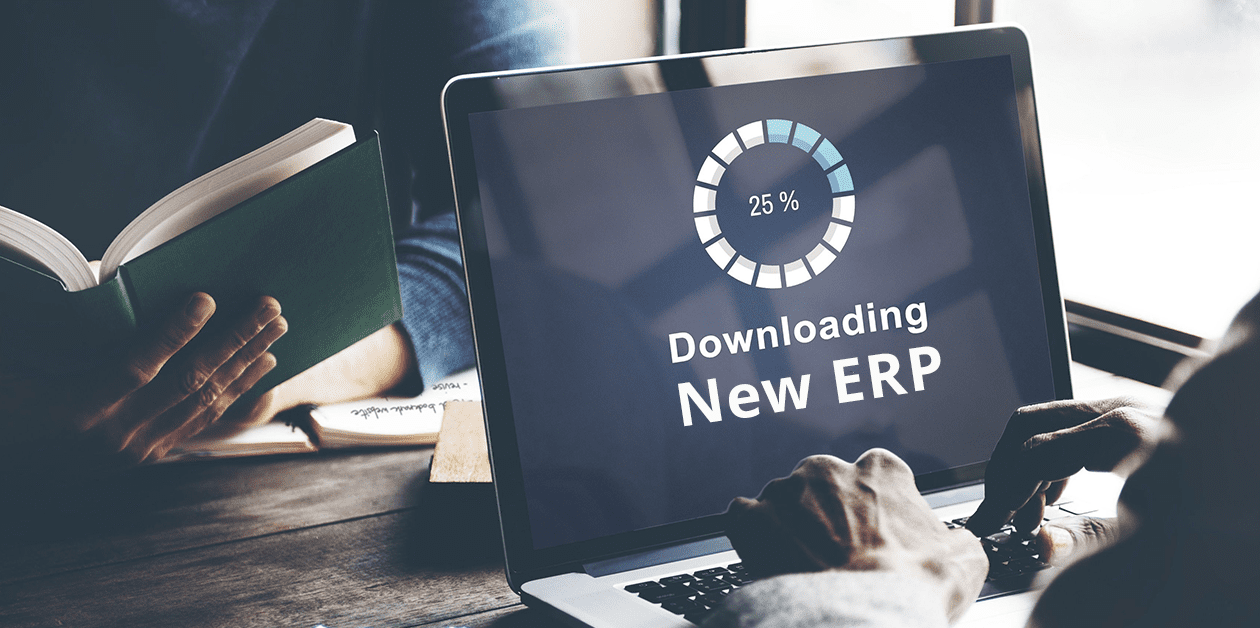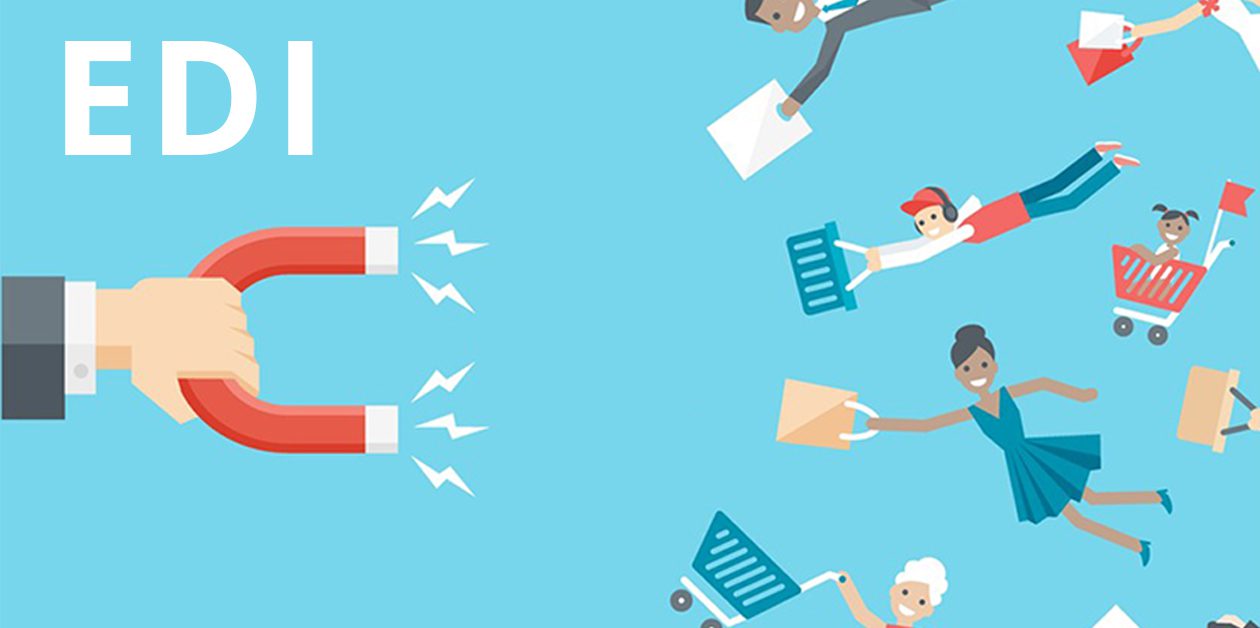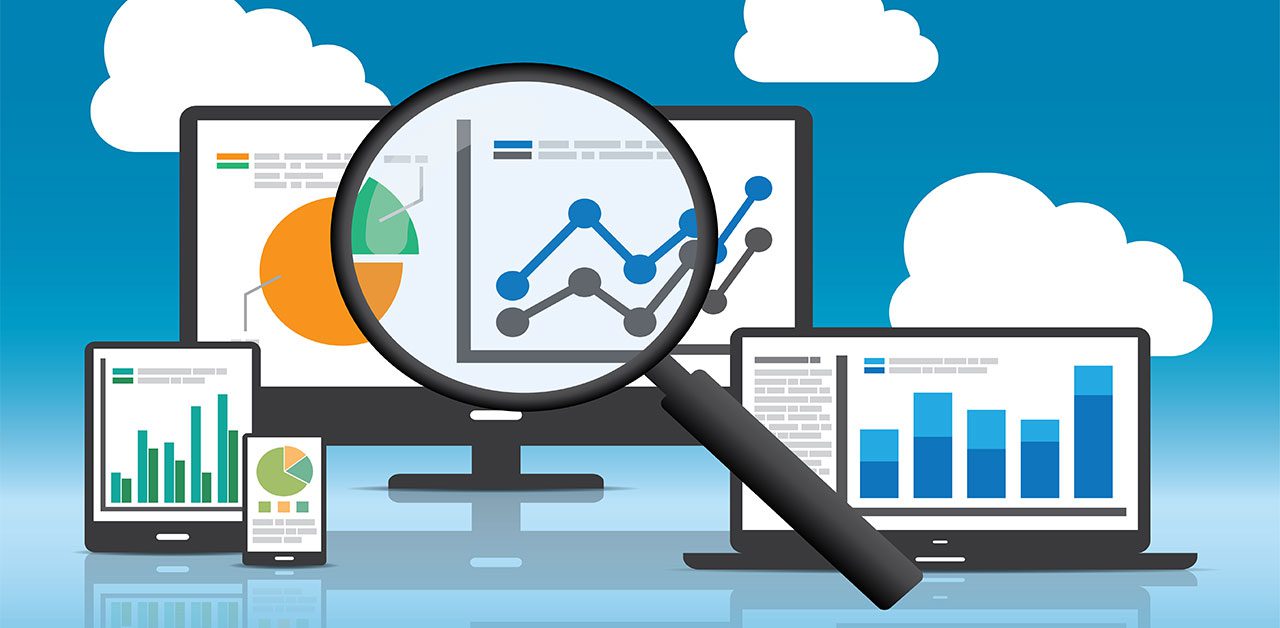Share
Read also

Mobility
Outlook for the BYOD and EM market from 2025 to 2035

Cloud
The Cloud CRM market will see impressive growth by 2033

Mobility
Key trends in Sales Force Automation

Trends & Views
ΑΙ and digital transformation
The transition to a new ERP solution should be smooth. After successfully completing it, users will be able to enjoy the benefits. Luckily, there are specific steps you can add to your plan, that will not only help you have a successful transition, but also convince executives and employees alike for the positive outcome.
Before and during the transition
First of all, before proceeding to any action related to the transition to a new solution, you should make sure that you have taken into consideration the requirements of all executives and departments. Even the best thought-out plan will prove to be ineffective, if the end users cannot rely on the system to do their job.
Secondly, you should prioritize these requirements, as not all integrated operations are of critical importance. Focus on the most important ones and, rest assured, no one will feel disappointed after starting to use the new solution.
When the ERP system is ready to be put into operation, you may be tempted to migrate data immediately. Nevertheless, you should be very careful and ensure that everything is working properly, before starting to import your files. Run some tests with test data, to eliminate the risk of data loss and, when satisfied with the results, you can import the data that you’ll be using in your ERP system.
Before importing any data, you need to plan how you’ll be handling it. If any changes are required, these will come up during testing, so you won’t be facing any surprises later on. Just include the required changes in your implementation plan. Furthermore, you should ensure that you have checked for any data dependency issues, so that you can import data with the right order. After completing all these steps, you can start migrating data from your old to your new system.
After the transition
Once you have successfully moved all your data to the new ERP system, you should clean them up. In most cases, since data has been pulled from more than one systems, there are duplicate data that need to be removed. You also need to check for errors that may have been caused due to manual import and other factors. Finally, this is also the best time to remove any obsolete files that could limit the performance of your system.
A new ERP solution means having a new user interface, a fresh user experience and new processes. It also means that end users need to be properly trained to use the new system for their daily tasks. Training is truly important, so it would be advisable to cooperate with your vendor and adjust the training process to the specific needs of your users.







